
Here’s an English postcard from the early 20th century. Can a reader deipher it?
CNN.com, one of the most popular news portals in the world, has published an article about the Kryptos sculpture. And then, there’s a question about Kryptos I would like to ask my readers.
German egyptologist Rainer Hannig recently claimed to have solved the Voynich manuscript. Israeli crypto expert Moshe Rubin is skeptical.
After WW2, German author Arno Schmidt created an encrypted letter addressed to Truman, Stalin, and Churchill. To my knowledge, is has never been deciphered.
Richard Bean has made me aware of an in-depth interview US an art historian did with Jim Sanborn. A transcript of this talk has now been made available online.
Last year, blog readers Richard Bean, Frode Weierud and George Lasry broke a series of ciphertexts from the Biafran War. Now they have published the details in a research paper.
In a Russian online forum, an encrypted book with similarities to the Voynich Manuscript is being discussed. This tome would be a sensational find if it was genuine – but it’s probably not.
In 1643, German aristocrat Carl von Rabenhaupt sent an encrypted letter to Amalie Elisabeth von Hessen-Kassel. Can a reader break this cryptogram?
NKRYPT, located in Canberra Australia, is a set of eight steel pillars that bear encrypted inscriptions. Today, I’m going to introduce one of these: the squircle cryptogram.
A challenge cryptogram from a 2012 puzzle book is still unsolved. The author will award a book copy to the first one who breaks it.
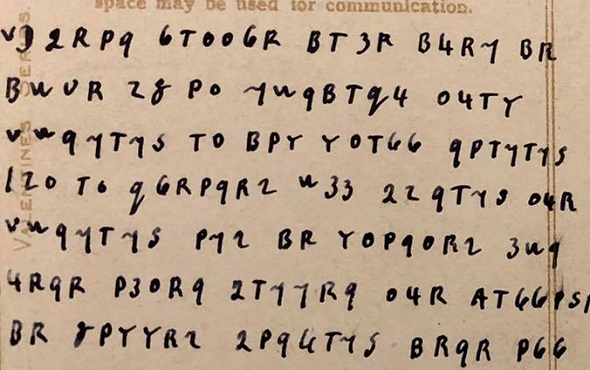
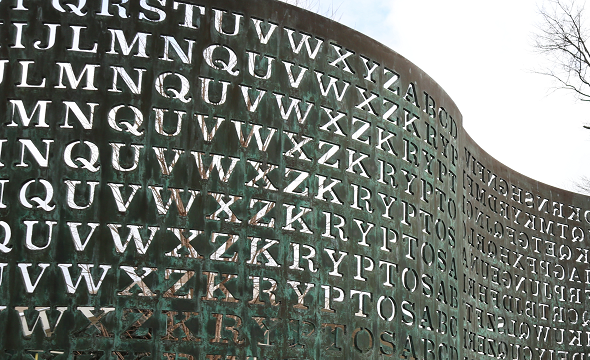
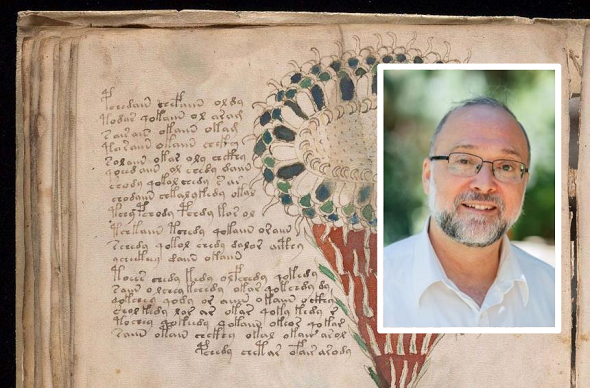
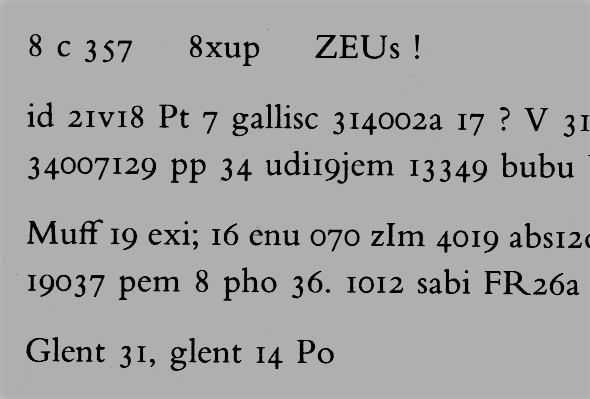
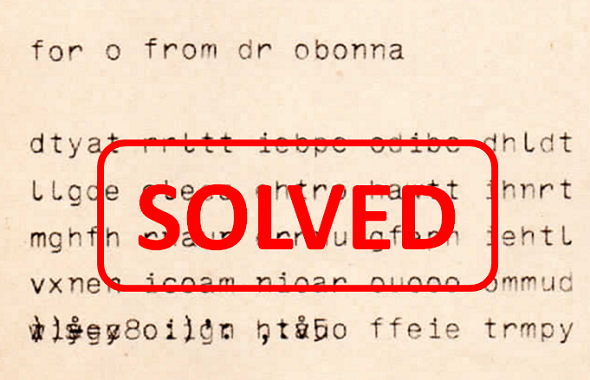
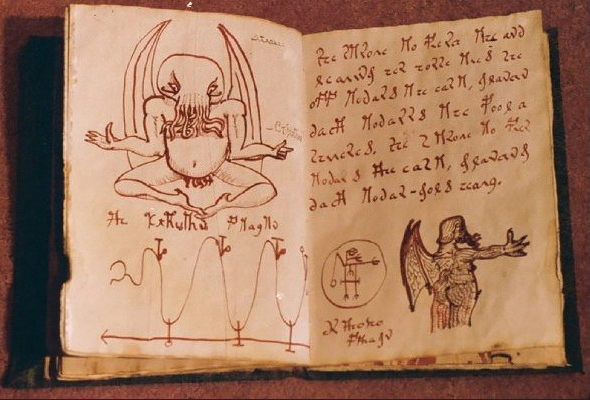
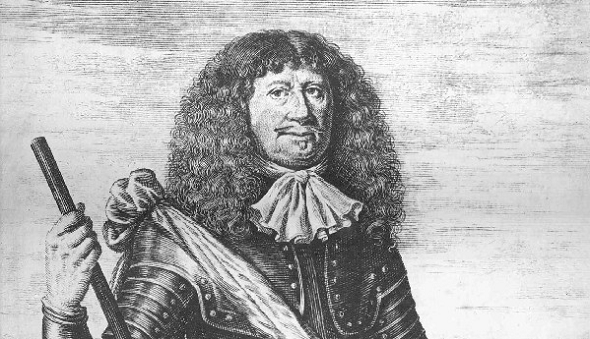
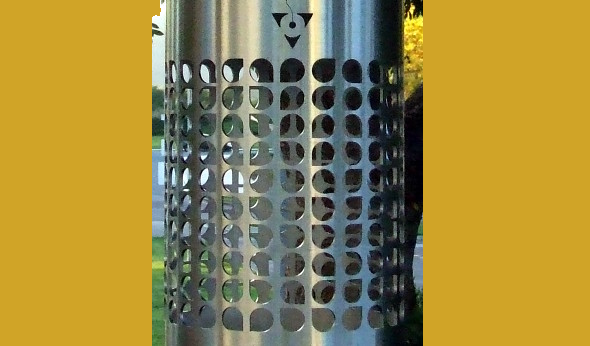
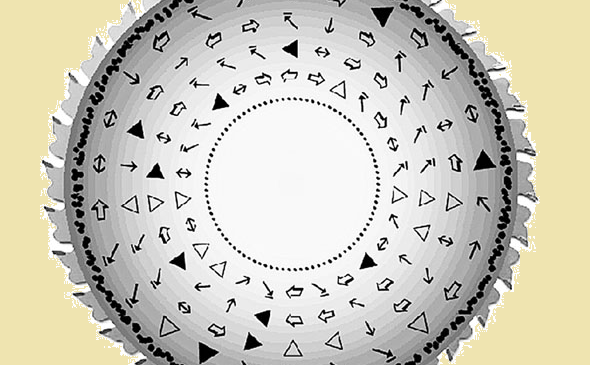

Letzte Kommentare